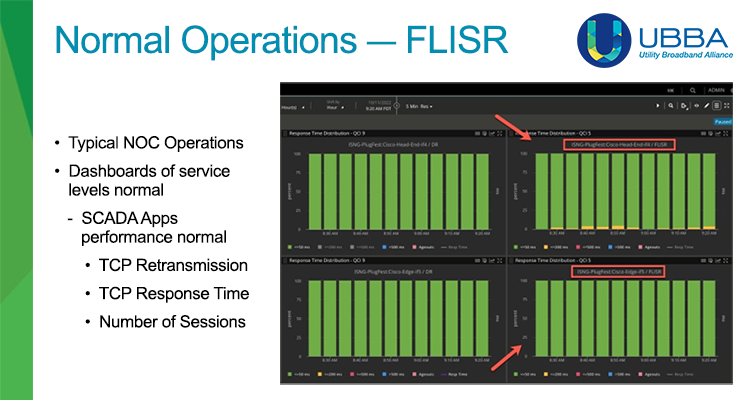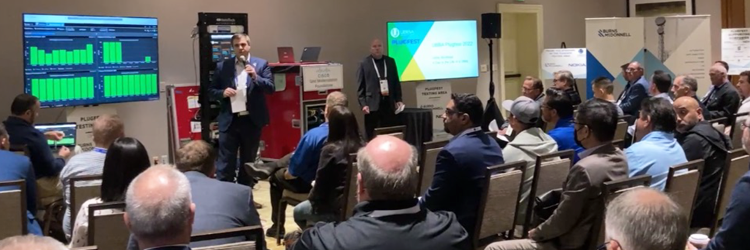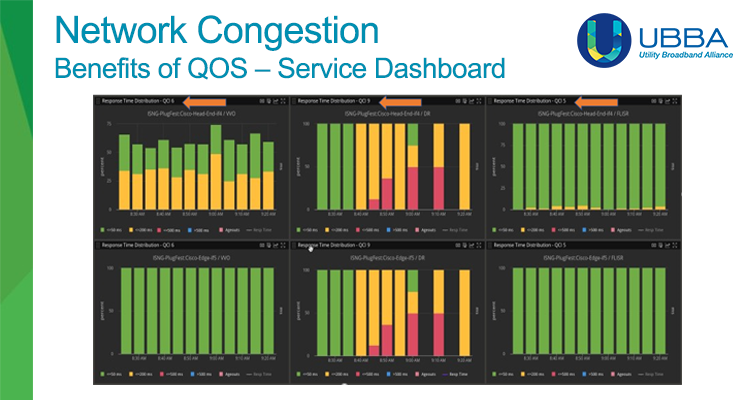Utilities are moving to 4G/LTE as a 3GPP standard that gives them a mature technology for delivering the bandwidth they need for current and foreseeable applications, as well as offering an interim upgrade path to 5G non-standalone (NSA). Although the first operational LTE network came at the end of 2009, private LTE (P-LTE) offers the utilities several advantages. By deploying a mature technology, utilities can take advantage of more products being available that they need to manage their electrical networks. Although 5G is currently being deployed by mobile operators, the sensors and chips needed for utilities applications are scare or not yet available.
Furthermore, the standards-based technology of LTE allows them to migrate from numerous wireless technologies. Currently, some utilities employ more than 20 different legacy wireless technologies that are decades old and cannot be maintained indefinitely. Standardizing on LTE rather than continuing to operate this myriad of aged wireless services will modernize systems and bring savings over time.
Serving the “last mile” for the utilities can become a very expensive proposition because that last mile may be more like 20 or 30 miles, especially in more rural areas. Given the propagation limitations of 5G mm radio waves, the number of cell sites required to reach the network edge can dramatically increase, along with cost and overhead to manage them.
Last but certainly not least, standardizing on LTE puts the utilities in a better security posture and reduces their attack surface.

Showing Off P-LTE
The recent Utility Broadband Alliance (UBBA) plugfest in Costa Mesa, California, from October 10 to 14 brought together a cross-section of U.S. utilities, including a couple of the largest ones, along with equipment vendors showing off a live P-LTE network supporting critical utility services. Among the presenters at UBBA was Southern Linc, an early adopter of P-LTE technology, answering important questions related to the business drivers for P-LTE, the learned lessons around adoption, and the company’s future plans and opportunities for leveraging that network.

A highlight of the plugfest was the “Day in Life of a Utility,” a multiday dramatization of how a utility could successfully employ P-LTE networks to support current electrical network applications and handle the most challenging events—including an earthquake, fire, and a common network outage.
The P-LTE network was built by Ericsson, with two LTE cells and core and Cisco headend, edge, and Catalyst devices contributing with simulation tools for supervisory control and data acquisition (SCADA) applications. NETSCOUT provided visibility to the P-LTE network and displayed the performance of critical SCADA apps running on the network, including FLISR, VVO, DR, AMI, and LTE interworking with legacy land mobile radio (LMR).

In the first scenario, the fictitious California United Power & Light (CUPL), a Southern California electric and gas utility that deployed a state-of-the-art P-LTE wireless network, encounters an earthquake. The plugfest aimed to simulate the reaction of critical SCADA applications and how the quality-of-service indicators (QCI) of LTE would prioritize critical applications for control of the electrical grid (FLISR, VVO, DR) as well as comms applications—specifically push-to-talk and LMR. As expected, network congestion resulted from the cataclysmic event, but the LTE network prioritized the critical traffic essential to maintaining operation of the grid through the event.
Utilities Adoption Extends P-LTE Life Span
Despite its maturity, P-LTE technology delivers the connectivity, bandwidth, and latency that the utilities need to manage their electrical networks with current and at least midterm application requirements. Indeed, the utilities’ adoption of P-LTE may lengthen the product life span of LTE because utilities are planning for 8- to-10-year projects. With an interim path to 5G via NSA, the utilities will have additional capacity to handle new, unplanned devices and applications. Finally, as the UBBA plugfest demonstrated, adoption of P-LTE is made more confident with network, service, and application visibility to assure that the network evolution is successful.
Learn more about LTE networks. To explore more on this topic, download this article: Bringing Visibility to Utility Deployments of Private LTE (P-LTE) Networks.
